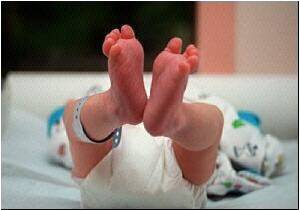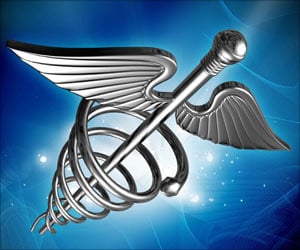The source of a genetic disorder that causes life-threatening birth defects has been identified by researchers.

Researchers from USC found an abnormally high amount of a protein known as Transforming Growth Factor Beta (TGF-β) outside of cells – which may be revealed by a blood or tissue test – in patients with characteristic facial defects is a key indicator of Loeys-Dietz.
"If we can screen patients for this, it can identify Loeys-Dietz syndrome and inform clinical practice," said Yang Chai, director for the USC Center for Craniofacial Molecular Biology and corresponding author of the study. "And perhaps, one day we can manipulate the amount [of TGF-β] and possibly rescue the cleft palate before a baby is born. The prospects of this are very promising."
Led by senior post-doctoral fellow Junichi Iwata of the Ostrow School of Dentistry at USC, researchers made their discovery by studying the fetal development of mice. They found that mutations that affect the way TGF-β communicates outside of a cell may cause Loeys-Dietz syndrome.
TGF-β controls many of the functions within a cell, and is known to be heavily involved in the palate's formation - or failure to form. Typically, it uses a receptor protein known as TGFBR2 to communicate outside of the cell. However, if a mutation causes a roadblock on that communication highway, TGF-β may rely on surface streets to get its signal out.
In clinical studies, the activation of this separate signaling pathway resulted in palate and facial defects akin to Loeys-Dietz syndrome. A telltale sign of the alternate pathway's activity is an abnormally high amount of TGF-β outside of the cell.
Advertisement
Source-Eurekalert















